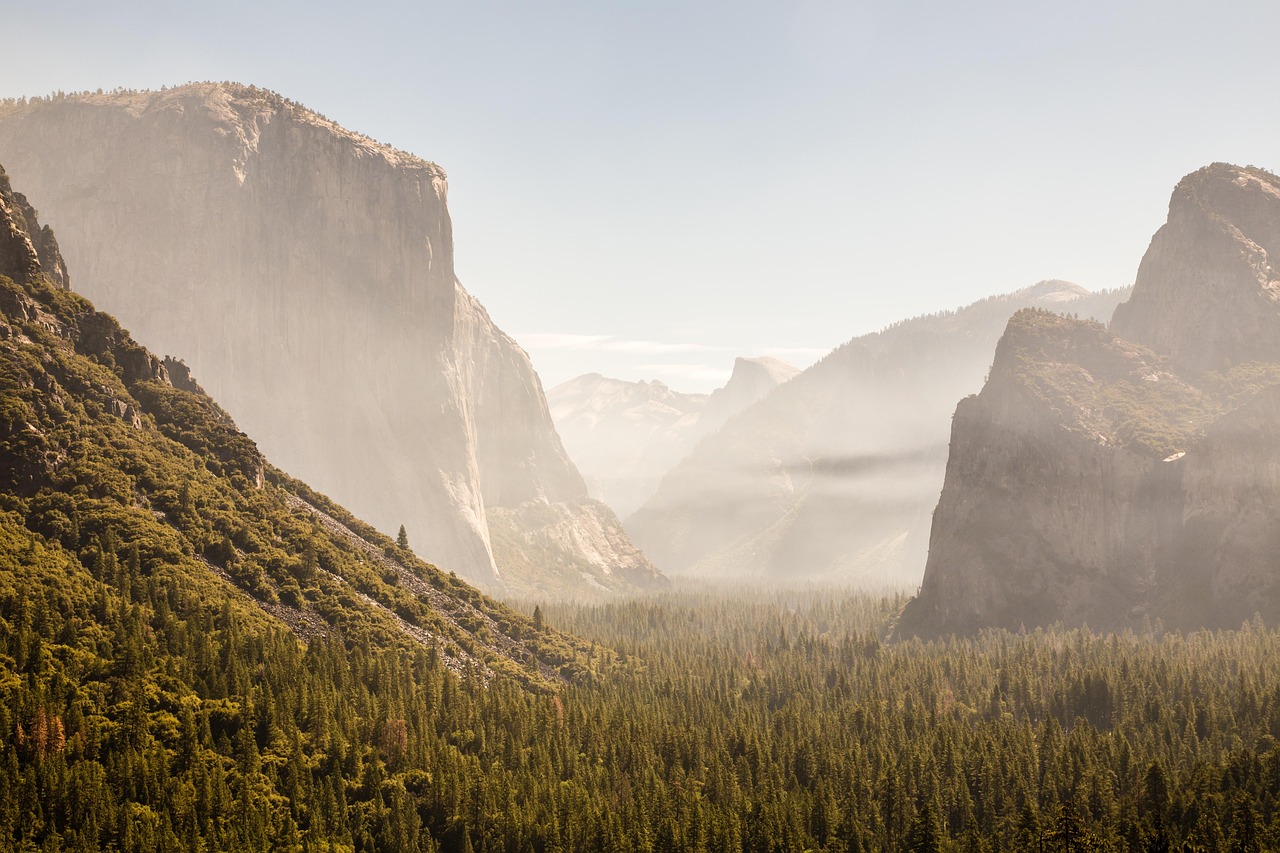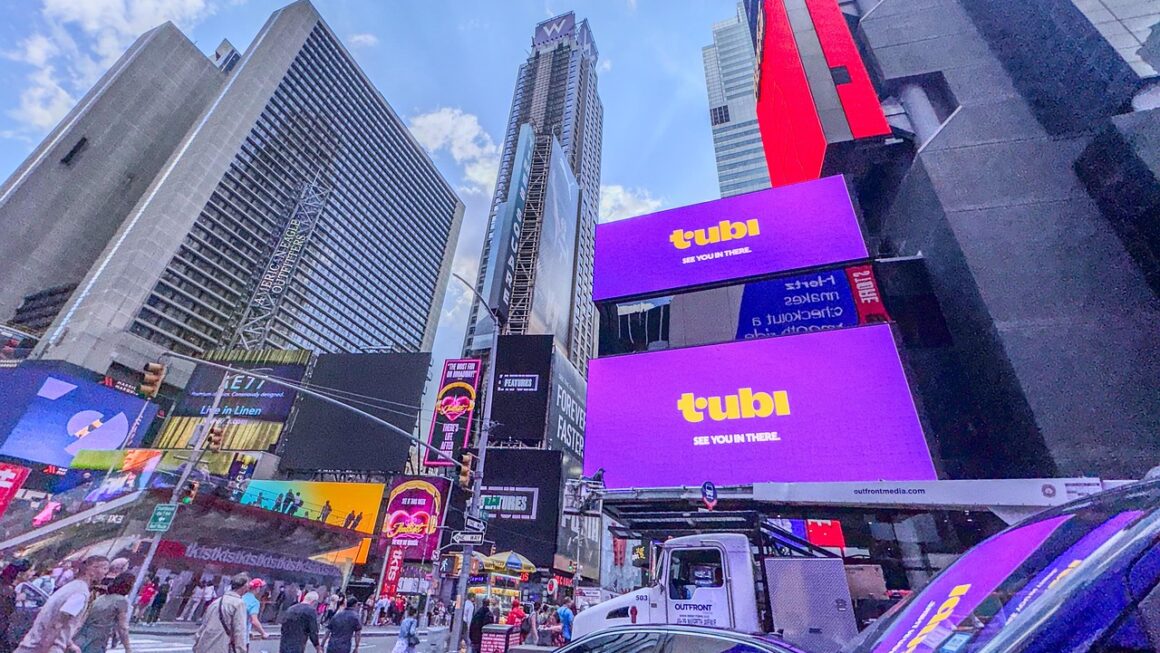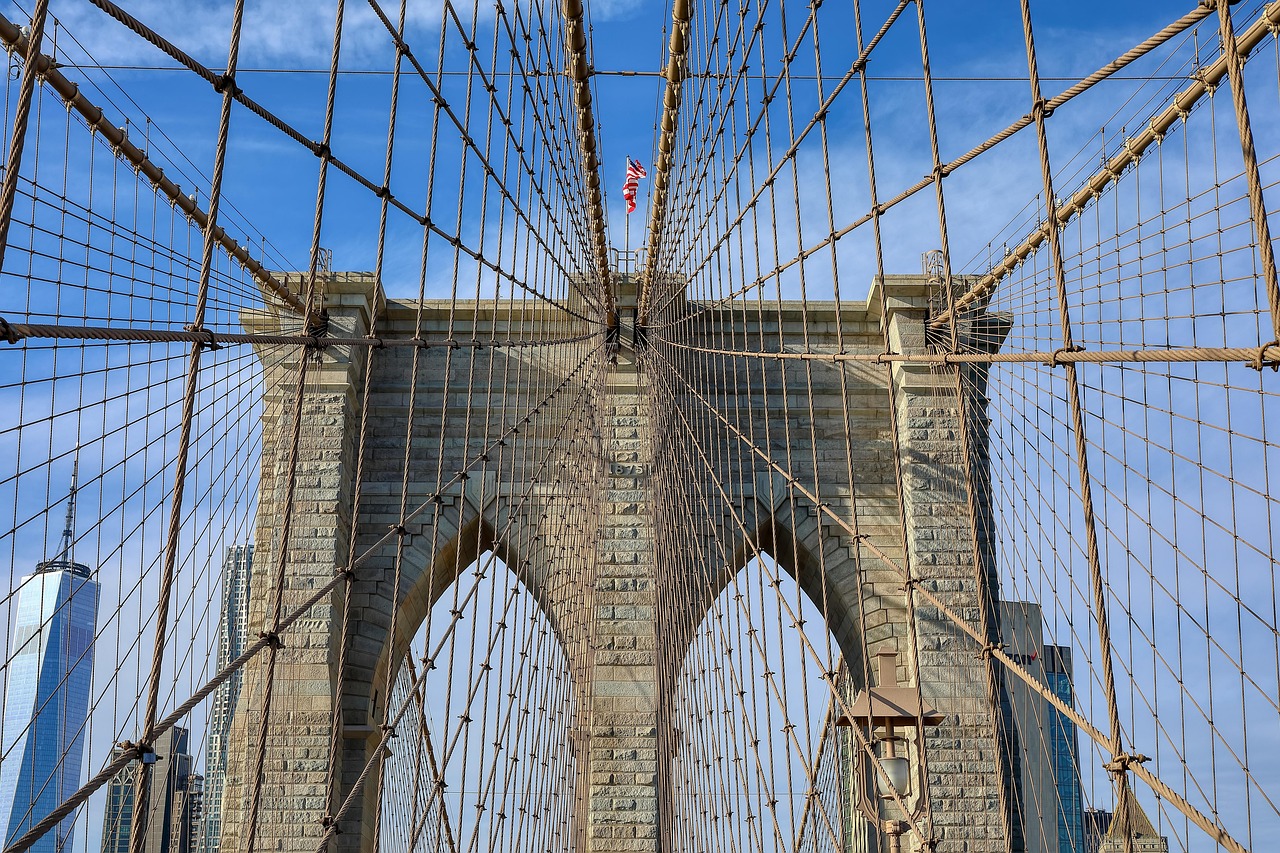The White House, a symbol of American democracy and power, is more than just a building; it’s a living testament to the nation’s history, a stage for global diplomacy, and the official residence and principal workplace of the President of the United States. From its cornerstone laid in 1792 to its current status as one of the most recognizable landmarks in the world, the White House embodies the spirit of a nation constantly striving for progress and leading on the world stage. This post delves into the intriguing aspects of this iconic building, exploring its history, architecture, functions, and accessibility.
The Historical Significance of the White House
The White House has witnessed pivotal moments in American history, shaping the nation’s course and reflecting its evolving identity.
Construction and Early Years
- The White House was designed by Irish architect James Hoban, who won a competition held by President George Washington.
- Construction began in 1792 and was completed in 1800, making it one of the oldest government buildings in Washington, D.C.
- John Adams was the first president to reside in the White House in November 1800.
- The building was originally known as the “President’s House” or “President’s Mansion.”
- During the War of 1812, British troops set fire to the White House in 1814, leaving only its exterior walls standing. Rebuilding commenced immediately and was completed in 1817.
Transformation Through Time
- The White House has undergone numerous renovations and expansions throughout its history.
- President Theodore Roosevelt officially gave the building its current name, “The White House,” in 1901.
- The West Wing, home to the Oval Office and the President’s staff, was added in 1902.
- The East Wing, housing offices for the First Lady and her staff, was added in 1942.
- Extensive renovations took place during the Truman administration (1948-1952), as the building was found to be structurally unsound.
Key Historical Events
- The White House has been the site of countless important meetings, speeches, and ceremonies.
- It has served as a backdrop for critical decisions affecting domestic and foreign policy.
- It has been a symbol of resilience and stability, standing strong through wars, economic crises, and political upheavals.
- Important legislative initiatives, treaty signings, and press conferences have all occurred within its walls.
Architectural Marvel and Interior Design
The White House’s architecture is a blend of neoclassical styles, reflecting the ideals of democracy and republicanism. Its interior is equally impressive, showcasing exquisite craftsmanship and artistic details.
Exterior Features
- The White House’s exterior is made of white-painted Aquia Creek sandstone, giving it its distinctive appearance.
- The North Portico and South Portico are iconic architectural elements, providing grand entrances to the building.
- The meticulously manicured grounds and gardens surrounding the White House add to its beauty and grandeur.
- The White House’s exterior has been maintained and restored over the years to preserve its historic character.
Interior Spaces
- The State Dining Room is the largest room in the White House, used for formal dinners and events.
- The Oval Office is the President’s principal workspace, known for its distinctive shape and symbolic furnishings.
- The Blue Room, Red Room, and Green Room are formal reception rooms, each decorated in a specific color scheme.
- The White House Collection includes a vast array of art, furniture, and historical artifacts.
Design and Decor
- The interior design of the White House has evolved over time, reflecting the tastes and preferences of each president and first lady.
- Antique furniture, portraits of former presidents, and decorative objects adorn the rooms, adding to the building’s historical significance.
- The White House’s interior design is carefully curated to create an atmosphere of elegance and dignity.
- First Ladies often play a significant role in selecting and arranging the decor, reflecting their personal styles and contributions to the White House’s aesthetic.
Functions of the White House
The White House serves multiple crucial functions, including being the President’s residence, the center of the Executive Branch, and a venue for state visits and diplomatic engagements.
Presidential Residence
- The White House provides a secure and comfortable living space for the President and their family.
- The First Family resides on the second floor of the White House, in private quarters that are separate from the public and official areas.
- The White House offers amenities such as a kitchen, dining room, and recreational facilities for the First Family’s use.
- The transition process between presidential administrations includes moving in and out of the White House, a monumental logistical undertaking.
Seat of the Executive Branch
- The West Wing houses the Oval Office, Cabinet Room, Situation Room, and offices for key presidential advisors.
- The White House is the hub of executive decision-making, where policies are formulated and implemented.
- The President and their staff work closely together in the White House to address national and international issues.
- The White House Office plays a critical role in managing the President’s schedule, communications, and legislative agenda.
Diplomatic and Ceremonial Role
- The White House hosts state dinners, receptions, and other events for visiting heads of state and dignitaries.
- The President uses the White House as a platform to engage in diplomatic discussions and strengthen international relations.
- The White House is a symbol of American hospitality and diplomacy, welcoming leaders from around the world.
- The annual Easter Egg Roll and the lighting of the National Christmas Tree are iconic White House traditions that foster national unity and celebration.
Visiting and Accessibility
While security concerns limit public access, efforts are made to allow citizens to experience the White House and learn about its history and significance.
Tours and Visits
- Public tours of the White House are available, though limited, and must be requested through one’s Member of Congress.
- Tour requests must be submitted well in advance, as demand far exceeds availability.
- White House tours typically include visits to the East Wing, State Dining Room, Blue Room, Red Room, and Green Room.
- Visitors can learn about the history of the White House and its role in American government.
Virtual Access and Online Resources
- The White House website offers virtual tours, videos, and historical information for those unable to visit in person.
- Online exhibits showcase the White House’s art collection, architecture, and historical significance.
- Social media channels provide updates on White House events, policies, and activities.
- The White House Historical Association offers educational resources and publications about the White House.
Security Measures
- The White House is heavily guarded by the United States Secret Service, ensuring the safety of the President and the building.
- Stringent security protocols are in place, including background checks, metal detectors, and restricted access zones.
- The White House complex is surrounded by fences and barriers to prevent unauthorized entry.
- Security measures are constantly reviewed and updated to address evolving threats and protect the nation’s leaders.
Conclusion
The White House stands as a powerful symbol of American history, leadership, and democracy. From its construction in the late 18th century to its modern-day role as the center of executive power, it has witnessed and shaped the course of the nation. While access may be limited, understanding its history, architecture, and functions allows us to appreciate its significance in the American narrative. Whether through physical tours, virtual visits, or online resources, engaging with the White House offers a unique opportunity to connect with the heart of American governance.




